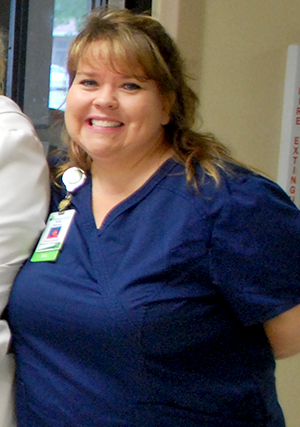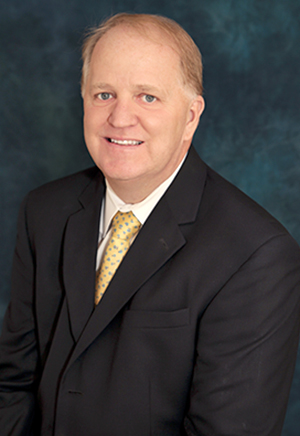St. Joseph’s/Candler seeing success in new emergency department intake process
Miscellaneous
When you walk into the lobby of the St. Joseph’s or Candler emergency departments, you may notice no one is around. Don’t think that we are bored.
St. Joseph’s/Candler implemented a new intake process one year ago with a goal to get patients in a room and seen by physicians faster.

Each patient’s case is different, but the general idea of the new intake process is to get patients treated faster, reducing the amount of time you spend waiting in the emergency department. That begins with the GRASP nurse.
GRASP stands for Greet, Reassure/Receive, Assess, Sort and Prioritize. The GRASP nurse greets arriving patients and determines the level of acuity and placement within the department. The GRASP nurse is an experienced, registered nurse.
In the past, patients would sign in with a registration clerk. Depending on their condition, some patients could wait for hours to be placed in a room to be seen by a physician.
With the new process, a registration clerk is still involved but is listening or asking for the details he or she needs while the GRASP nurse is doing an initial assessment.
During the assessment, the GRASP nurse will ask questions and do a quick look assessment, looking, feeling and smelling for any signs of illness. The GRASP nurse then decides which area the patient needs to be taken to and seen in.
“The goal is to have a nurse see all the patients when they first come in,” says Kelly Monroe, clinical manager, Candler ED. “The idea is patients come to be seen by a physician. They don’t come to sit in our lobby.”
The GRASP nurse is one member of a team of emergency department staff that help make sure a patient gets to a room as quickly as possible. After a patient sees the GRASP nurse, a navigator (typically an employed EMT or paramedic) will take the patient back to his or her assigned room as the rooms become available where a PCT is waiting to prep the patient and begin vitals, Monroe describes. A triage nurse also will be present to assess the patient and make sure everything that can be done is before the physician arrives.
“When you are sick, you want to get better, and our goal is get patients seen as quickly as possible,” Monroe says. “If they need to be admitted, let’s get them upstairs and get the care they need, and if not, let’s get them home where they want to be, not in our lobby.”
St. Joseph’s/Candler emergency departments still follow a triage process. Triage is the process of determining the priority of a patient’s treatment based on the severity of his or her condition. The GRASP nurse will prioritize patients based on an acuity system of rankings 1 to 5 with 1 and 2 being the sickest of patients and 5 being someone who came in with a splinter or just needs a prescription.

Therefore, emergency room patients still need to understand that it’s not a first come, first served basis. It is the goal of both emergency departments to get patients in a room upon arrival. However, a physician will visit a patient with chest pains over someone who smashed a finger in the car door.
Related Article: When should I go to the emergency department vs. primary or urgent care?
The good news for everyone is the new intake process is working. Both emergency departments are seeing shorter arrival to physician times and less patients leaving without seeing a physician.
On average, St. Joseph’s ED sees about 130 patients a day. Candler averages 170 patients a day. In February, for example, Candler saw an average of 191 patients a day with winter and flu season among the main reasons for the increase. Despite the high volume, the average arrival to physician time was 40 minutes. In December, Candler ED treated right at its daily average of patients, and the arrival to physician time was 23 minutes.
Six months into the new process, St. Joseph’s saw an arrival to physician time of 18 minutes.
“Nurses are able to provide a safer patient environment by better managing the waiting area and getting patients to the provider expeditiously, reducing the overall length of stay,” says Billy Rawlings, BSN, RN, NE-BC, Director of Emergency Services for St. Joseph’s/Candler. “The sum of these changes has created a process that has greatly excelled our patient experience.”